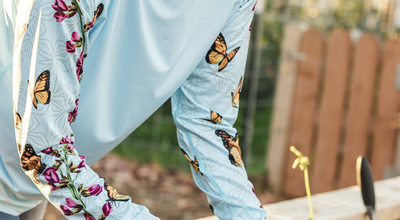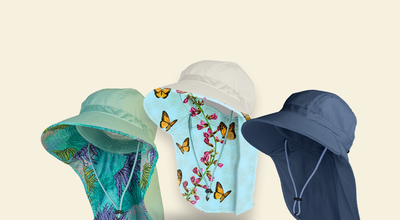How to Ensure Your Spring Blooms: Guide to Planting Fall Bulbs
The Right Time for Planting Fall Bulbs
Welcome to the opportune moment for spring beauty. Plant bulbs like tulips, hyacinths, and daffodils in the fall to let them establish roots. Timing varies by location and bulb type. Generally, late September through December is a good window. More on when to plant specific bulbs later.

Quality Matters: How to Assess Bulbs
Your bulbs are potential flowers waiting to bloom. Poorly stored bulbs become dry or mushy, killing the plant inside. To ensure quality, consider mail orders from reliable sources. Bulbs should feel firm and heavy upon arrival. Inspect for decay or softness.
Proper Storage Before Planting
Bulbs are sensitive to warmth and moisture. If you’re not planting immediately, store them in cool, dark, and dry conditions. Ventilation is key—avoid plastic bags that trap moisture. Paper bags, perforated plastic, or ventilated boxes work best. Keep them dry and never let them freeze.
Nailing the Planting Time
Although bulbs are hardy, ideal planting yields the best results. Most should go into the ground 6 to 8 weeks before soil freezes. In zones 4-5, aim for mid to late October. For zones 6-8, November is your month. For warmer climates, chilling the bulbs is a prerequisite.
Specifics: When to Plant Tulips and Daffodils
Tulips favor a late planting schedule. Cold soil wards off fungal diseases. In zones 3-5, plant late October to early November. Zones 6-8 should aim for mid-November through December. This timing also minimizes squirrel thievery.
Daffodils, conversely, like early fall planting. They may send out roots even before planting, making them vulnerable to drying. Late planting could result in a disappointing first bloom, but they usually recover.

The Best Bulbs for Spring Blooms
Tulips
Available in almost every color, tulips are quintessential spring flowers. Opt for varieties like ‘Triumph’ or ‘Darwin Hybrids’ for long-lasting blooms.
Daffodils
A hardy choice that's resistant to most pests. Their golden-yellow hue is a classic signal that spring has arrived.
Crocus
These are among the first to bloom in spring, often poking through the last remnants of snow. They offer a variety of shades, from purples to whites.
Hyacinths
Known for their intoxicating fragrance, hyacinths add both color and aroma to your garden.

Steps to Planting Success
1. Choose the Right Location
Most spring-blooming bulbs prefer well-drained soil and at least six hours of sunlight.
2. Prepare the Soil
Loosen soil to a depth of 12–15 inches and incorporate organic matter for better water retention and aeration.
3. Planting Depth and Spacing
Follow specific guidelines for each bulb type. As a general rule, plant at a depth three times the bulb's height. Space them about twice a bulb’s width apart.
4. Water Generously
After planting, water thoroughly to help root establishment. However, avoid waterlogged conditions to prevent rot.
5. Mulch
A 2-3 inch layer of mulch can help maintain moisture and provide additional insulation during winter.

When Things Don't Go as Planned
Life can get messy. Sometimes bulbs are bought and forgotten. Fortunately, they're forgiving. You can plant them as late as Christmas in non-frozen, well-drained soil. If you’re planting late in colder climates, mulch can help. Bulbs also grow well in pots.
Crucial Period: The Cold Requirement
Bulbs need 10 weeks of cold (35-45°F) for proper development. Inadequate chilling may yield stunted blooms. If you've missed the ideal time, better plant them in early winter than wait until spring, when they'll likely be unviable.
Planting bulbs in the fall is an investment in the future. As winter’s icy grip relinquishes its hold, your garden will be one of the first to burst into riotous color. Not only is this a visually stunning way to herald the arrival of spring, but it’s also a deeply rewarding endeavor that connects us with the cycles of nature.

Your spring garden's success starts now!












